Natural resources - natural components that are used for the production of material goods, as well as the maintenance within certain limits of the created environment of people. What are the different types of natural resources? They can be real and potential. The former are used for production facilities at present. For the second time, mankind cannot use it for various reasons.
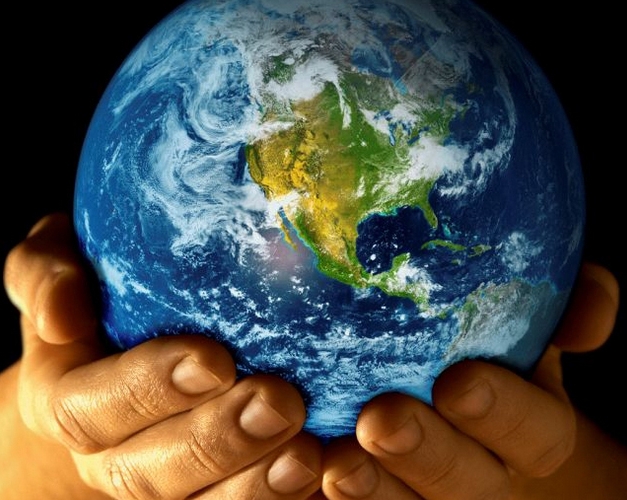
Separation by type
Some natural resources play the role of people's living conditions (air, water). This also includes resources for recreation, treatment, training. The rest serve for the needs of industry (raw materials and used territory).
Types of natural resources:
- By type of use (for production, recreation, aesthetics and others).
- By the type of natural components (soil, water, biological, energy).
- Possible recovery (renewable, partially renewable, non-renewable, inexhaustible).
Renewable and non-renewable
Renewable resources are mainly biological (plants and animals). They need protection against overuse. In nature, the main types of natural resources themselves monitor their numbers, multiply and have many relationships among themselves. Soils are classified as relatively renewable resources, since the rate of their formation is very low (a centimeter of humus is created several hundred years, and restoration after erosion of the fertile layer takes several thousand years).
Resources that are not able to recover in the foreseeable future are considered non-renewable. An example is mineral resources and terrestrial landscapes. All of them should be spent reasonably.
Inexhaustible types of natural resources:
- Water (all planet water).
- Cosmic (sun rays, cosmic radiation, ebbs and flows).
- Climatic (wind, temperature and humidity).
Earth and soil
Soil is an important resource underlying the creation of goods and values. It affects the life and productivity of the plant world, which is the beginning of the energy chain of all living things. Land area suitable for farming is very small compared to all land. Almost two thirds of the land surface is not suitable for agriculture, because it is located in the permafrost, marshes, taiga or tundra zones.
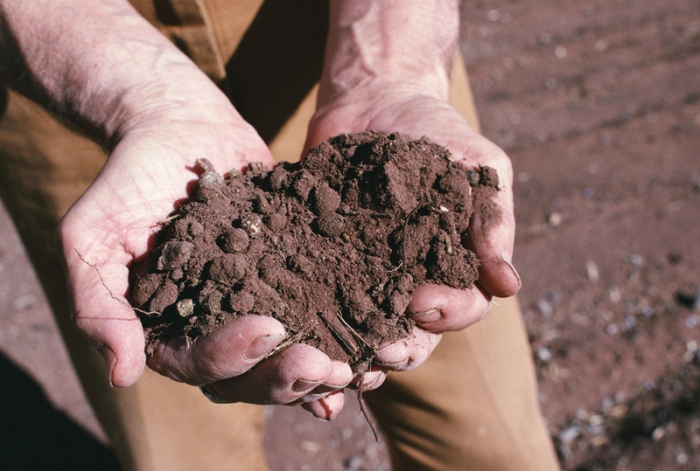
All suitable lands have long been developed, some of them are not used for agriculture. There is still a reserve that can be developed, but it has a low economic value. As a result of anthropogenic impact and natural factors, a lot of soil resources are destroyed. Some of them were used too actively, not allowing to restore their fertility. After conducting costly and complex land reclamation works, many of them can be reanimated and reused. The uses of natural resources depend on the needs of society.
Water
The most important resource that has no replacement is water. Without it there will be no life, production, economic activity. All the planet’s moisture belongs to water: sea and fresh, ice and atmospheric humidity. The bulk of the water is salty, about two percent account for fresh water. 99% of fresh water is in the form of ice.
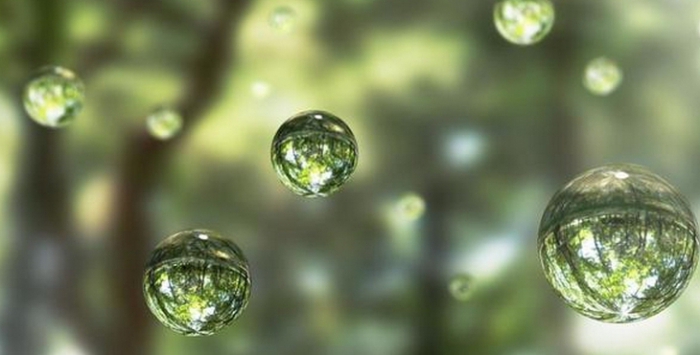
The type of use of the water resource may vary, therefore they distinguish:
- Water consumers (main: industrial enterprises, agriculture and municipal services).
- Water users (fish farming, fishing, hydroelectric power stations, water transport and others).
Russia has a rather high consumption of fresh water. There are countries where there is a shortage of water. Some countries are forced to import drinking water. The problems are caused by an increase in population, development of production, clogging of water bodies, and a decrease in the level of rivers due to anthropogenic impacts on their basins. Clean water should be saved by recycling water to enterprises and replacing air-cooled water. Types of classification of natural resources allow you to control the level of stocks.
Plants and animals
Without plants, there will be no life on earth. Through the use of photosynthesis, green vegetation creates organic matter, absorbs carbon dioxide and forms oxygen. Plants feed on animals, including humans. They make clothes, drugs, and are used for household purposes. The plant world protects the soil and serves as the basis for natural resources.
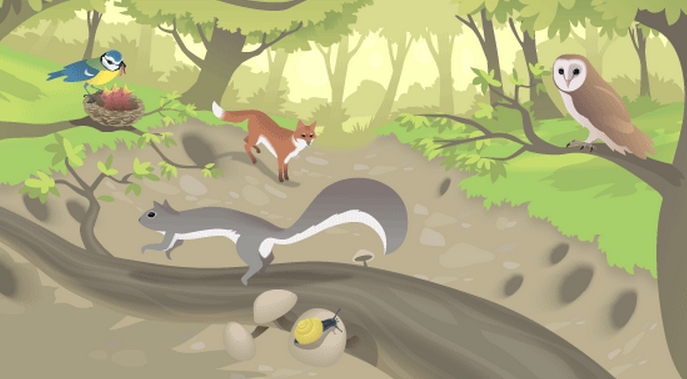
Humanity negatively affects the plant world: it pollutes soils, changes their chemical composition and promotes the spread of diseases and insect pests. This has sad consequences: some plants need protection. These types of natural resources can be easily destroyed. Therefore, experts monitor the number of living organisms.
Animals are used for food, industrial, medicinal and aesthetic purposes. They are needed for educational, scientific and other tasks. Human influence on the animal kingdom is palpable and has led to the extinction of some species of birds and mammals.
Minerals and Energy
In our country there are a lot of ore, fossil fuels, salt. With their extraction, losses of useful components are great. The amount of mineral resources has a limit, which requires the rational use and search for alternative options: biological, marine, synthetic.
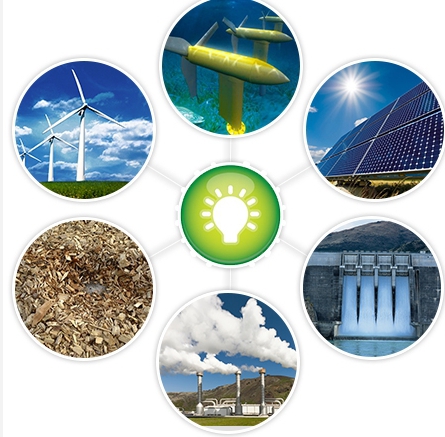
Energy resources include the energy of the earth's interior, bio-energy, fossil fuels, atomic and thermal. Currently, the bulk of the energy comes from nuclear, thermal and hydroelectric power plants. The transition to the energy of the sun, wind and geothermal is promising.
There is a huge variety of types of natural resources. But they all require rational use. Now you know what types of natural resources exist on our planet.








